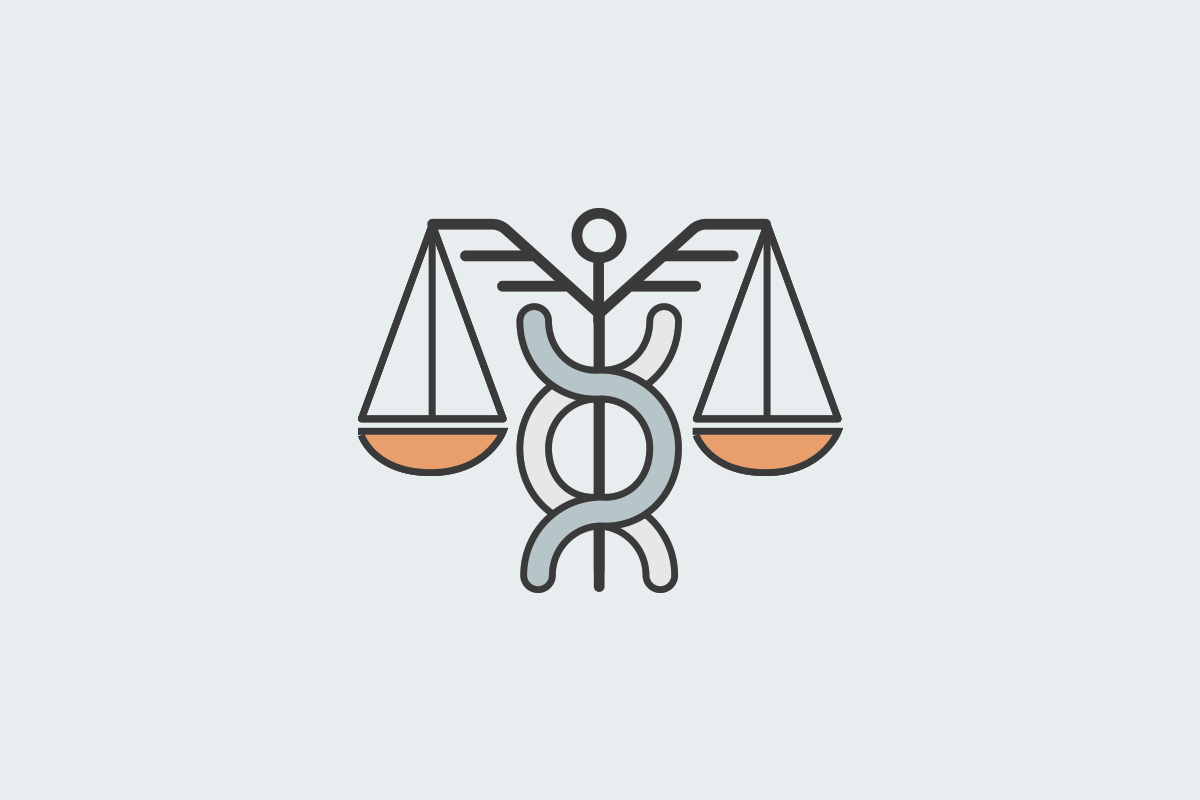During the COVID-19 pandemic, people spent a lot of time isolated and indoors, which helped foster an environment where some people now feel lonelier than ever. The result is a loss of social connectedness—the degree to which people feel the social connections and relationships in their lives to satisfy their wants and needs. When social…
Your Welcoa membership has expired.
Can the #MeToo Movement Improve the Sexual Harassment Legal Landscape and Employee Wellbeing?
The following article does NOT constitute legal advice and should not be used as such. It is for educational purposes only. Readers should retain legal counsel to obtain definitive answers.
The #MeToo movement has boosted attention on the civil rights violation of sexual harassment. However, there is a difference between the conduct making headlines and what qualifies as a viable sexual harassment claim under the law. In the employment setting, that law is Title VII of the Civil Rights Act of 1964. Title VII protects certain classes of employees from discrimination in the workplace. Those protected classes include discrimination based on:
- Gender
- Race
- Religion
- Ethnicity
- National Origin
42 USC § 2000e, et seq. Sexual harassment is a form of gender discrimination. According to a recent article by the National Women’s Law Center, in 2016, nearly 30,000 harassment charges were filed with the US Equal Employment Opportunity Commission (EEOC). Nearly one fourth of those charges alleged sexual harassment, and 83.4% of sexual harassment charges were brought by women. The article also mentions that a survey found that 70% of workers who experience sexual harassment say they have never reported it. So, we can only assume that sexual harassment charges filed with the EEOC are only the tip of a very large iceberg.
The law of sexual harassment is an example where the law is far behind societal norms. A key legal question in sexual harassment claims is whether the victim views the behavior as “unwelcome” and “sufficiently severe or pervasive” to create an abusive working environment. See e.g., https://www.eeoc.gov/policy/docs/currentissues.html. To determine whether behavior is unwelcome or sufficiently severe or pervasive, courts use a “reasonable person standard.” That is, what would a reasonable person, in the victim’s shoes, believe to be unwelcome, severe or pervasive?
Wellness industry leaders could ride the wave of the #MeToo movement by helping an organization’s leadership assess its culture, create meaningful improvements to that culture, and create more avenues for employees to raise concerns about sexual harassment and other well-being issues.
Courts in previous cases, using the reasonable person standard, have stated that in some work environments, “humor and language are roughhewn and vulgar. Sexual jokes, sexual conversations, and girlie magazines may abound. Title VII was not meant to—or can—change this.” Rabidue v. Osceola Refining Co., 805 F.2d 611, 620-21 (6th Cir. 1986). That same court also considered the sexual remarks and a poster at issue in the case to have a “de minimus” effect on the employee’s work environment when considered in the context of a society that condones and publicly features and commercially exploits open displays of written and pictorial erotica at the newsstands, on prime-time television, at the cinema, and in other public places. Id.
With the #MeToo movement, cases like Rabidue may become a thing of the past. A reasonable person in today’s environment may view sexual jokes, sexual conversations and girlie magazines at work to be more than a de minimus annoyance. In today’s environment, a court may conclude that a reasonable person may view even subtle comments about an employee’s looks or behavior as sufficiently severe or pervasive, giving rise to a potential Title VII claim. Thus, the #MeToo movement may transform what in the past may have been “normal” behavior into behavior that is now considered offensive and a basis for a viable legal claim.
This transformation is important to employee well-being as well. Researchers from the University of Melbourne have found that covert forms of sexism are just as damaging to a woman’s occupational well-being and her health as instances of overt harassment. The researchers examined both organizational level interactions, as well as individual interactions. Individual interactions often entailed sexist jokes or comments, making comments about a female colleague’s figure, or ignoring a female colleague during a meeting. Organizational level actions mostly involved examining how climates devalue women workers, and tolerate these forms of sexism.
Effective workplace wellness programs often address both individual and organizational changes to improve employee well-being. Because all forms of sexual harassment (both covert and overt) can adversely impact on employee well-being, it makes sense to include sexual harassment prevention within employee wellness programs. Wellness industry leaders could ride the wave of the #MeToo movement by helping an organization’s leadership assess its culture, create meaningful improvements to that culture, and create more avenues for employees to raise concerns about sexual harassment and other well-being issues.

Barbara J. Zabawa
President of the Center for Health and Wellness Law, LLC
wellnesslaw.com




